You are in the right place if you have a question about how many cups are in a pint, quart, or gallon! You’ll be a kitchen math genius using these kitchen conversions.
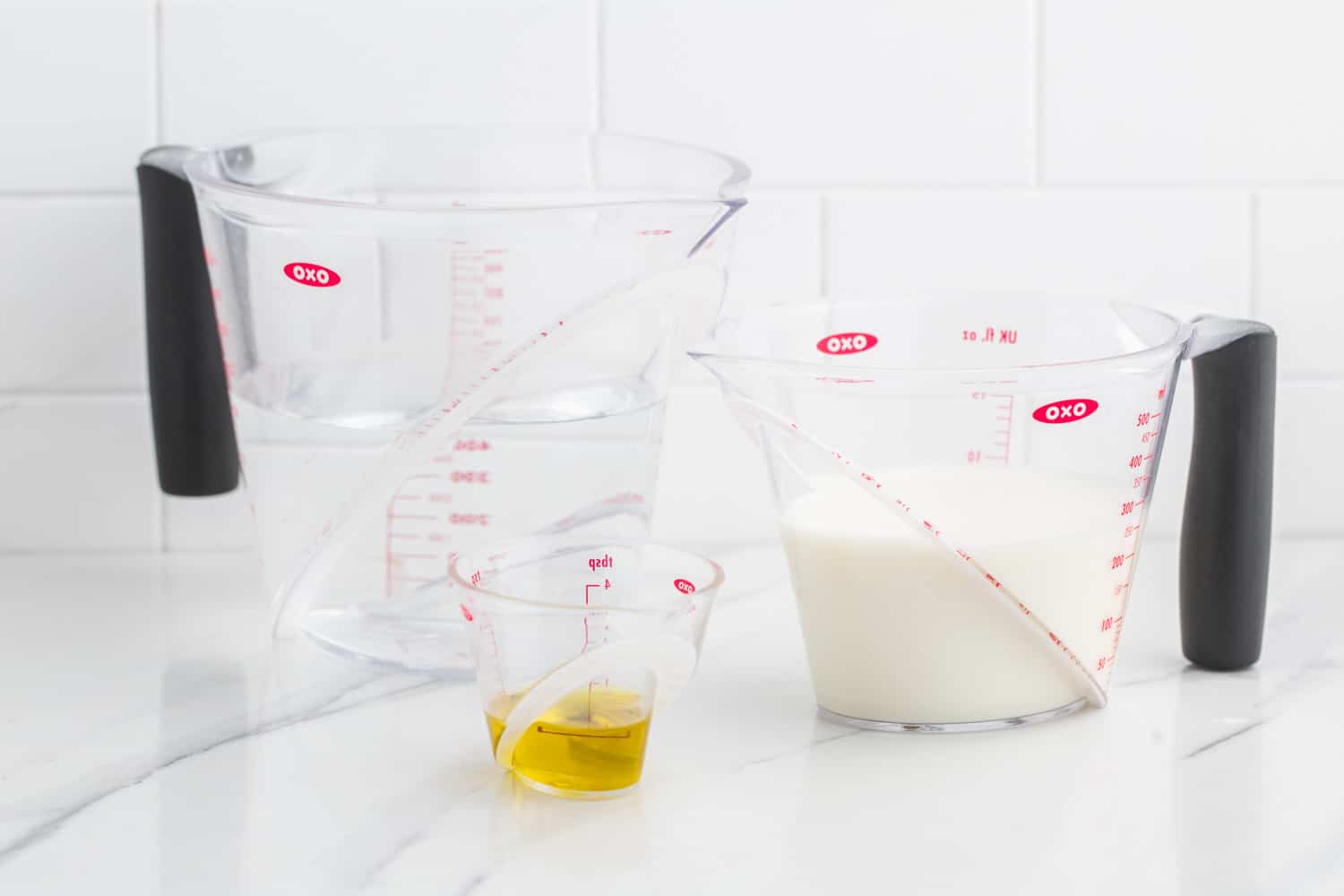
Sometimes cooking and baking require some math involving cups, pints, gallons, and quarts. If you need to know how many cups are in a pint, or how many pints are in a gallon, or any other conversions for wet and dry ingredients, keep reading. Your questions will be answered here.
Find conversion charts for cups, pints, quarts, and gallons here, plus a free printable sheet that you can keep and hang up in your kitchen.
Need more kitchen basics? Learn how to cut up a whole chicken, how to make bread maker bread, or how to use a French press!
Common Cooking Conversions
Have you ever been reading through a recipe and your brain panics for a second because you can’t remember how many cups are in a pint? Or maybe you are used to cooking with metric measurements, so an American recipe using cups is a struggle.
A cup of milk or a pint of chicken stock seems so simple until you get confused! No worries, I’m going to break it down for you here. You’ll know exactly how many cups are in a pint, quart, or gallon, and you’ll know where to look if you forget.
Liquid Measurement Conversions
These are the basics, and I’ll get into each a bit more further in the post:
1 gallon = 4 quarts, 8 pints, or 16 cups.
1 gallon = 128 fluid ounces or 3.8 liters.
1 quart = 2 pints, 4 cups, or ¼ gallon
1 quart = 32 fluid ounces or 0.95 liters.
1 pint = 2 cups, ½ quart, or 0.125 gallon
1 pint = 16 fluid ounces or 0.47 liters (⅕ liter)
1 cup = 48 teaspoons, 16 tablespoons, ½ pint, ¼ quart, 1/16 gallon or 8 fluid ounces.
That was a lot! But here are the most important conversions to know about cups to gallons:
1 Gallon is equal to 4 quarts
1 Quart is equal to 2 pints or 4 cups
1 Pint is equal to 2 cups
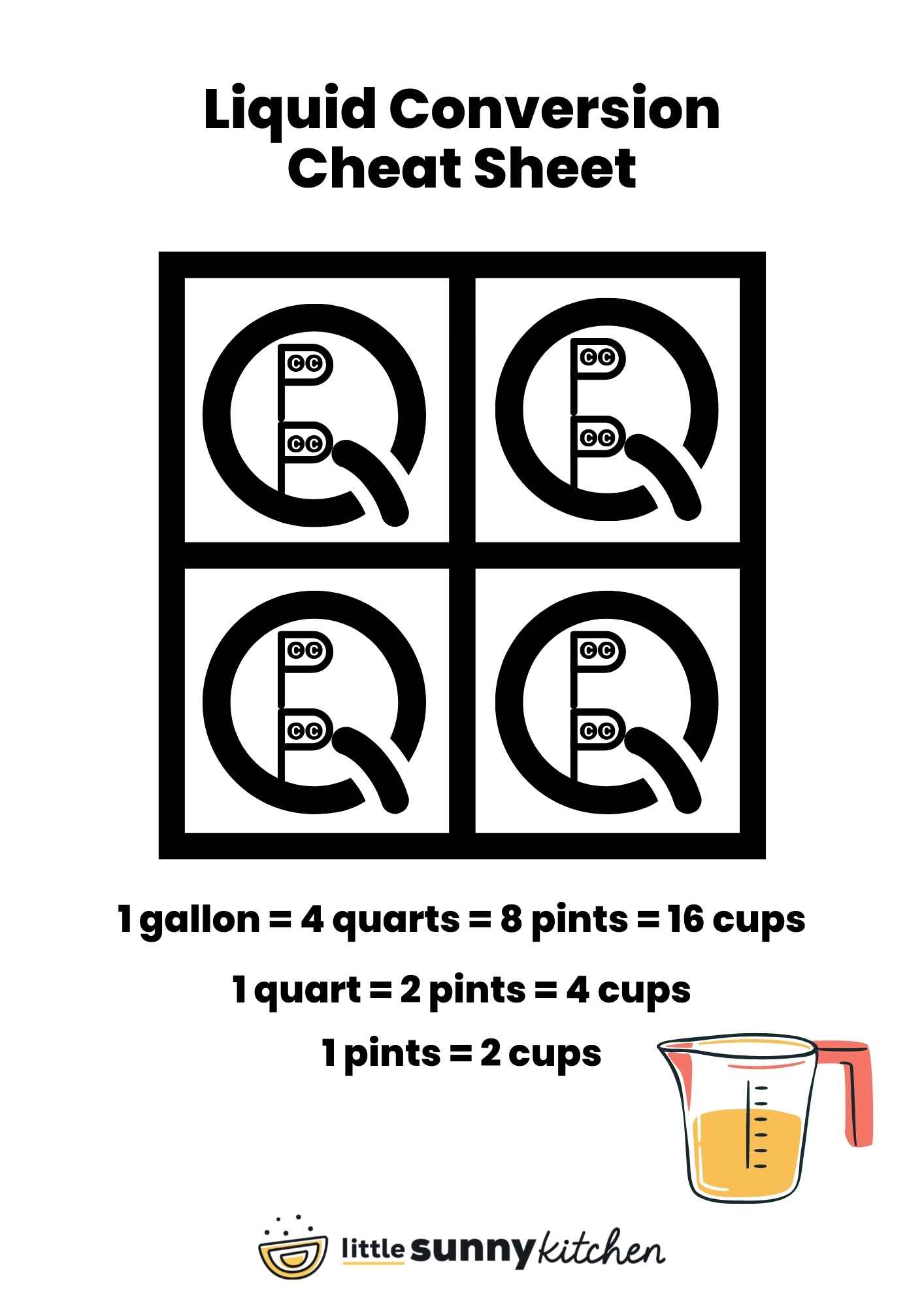
Click here to download this free gallon, quart, pint, and cup printable!
Why Do I Need to Convert Quarts to Cups or Cups to Quarts?
There are many reasons why you might need to convert your measurements from gallons or quarts to cups or pints, or vice versa.
- You might not have the right measuring tools. Often a recipe will call for a quart of stock or milk, but my normal measuring cup in my kitchen is only 2 cups. So I have to figure out how to use the tools that I have to measure that larger amount. (You have to fill the two cup measuring cup twice to get 1 quart.)
- You need to adjust a recipe to make it larger or smaller. I often make recipes larger or smaller to fit the occasion. Knowing how to divide or multiply cups is very useful when doubling or halving recipes.
- You’re shopping for ingredients. Milk doesn’t come already measured in cups! Neither does buttermilk, chicken stock, canned tomatoes, or sour cream. Having the ability to know how many ingredients to buy when they don’t quite match is super helpful.
How Many Cups are in a Gallon?
There are 16 cups in a gallon.
How Many Cups are in 2 Gallons?
There are 32 cups in 2 gallons.
How Many Cups are in A Quart / Convert 1 quart to cups
There are 4 cups in a quart.
How Many Cups are in 2 Quarts / Convert 2 quarts to cups
There are 8 cups in 2 quarts.
How Many Cups is 4 quarts?
There are 16 cups in 4 quarts. 4 quarts is also the same as 1 gallon!
How Many Cups is 6 quarts?
There are 24 cups in 6 quarts.
How Many Cups are in a Pint?
There are 2 cups in a pint.
How Many Cups are in 2 Pints?
There are 4 cups in 2 pints.
How Many Pints in a Gallon?
There are 8 pints in 1 gallon.
How Many Quarts in a Gallon?
There are 4 quarts in one gallon.
What is the Best Way to Remember The Conversions from Cups to Pints to Quarts?
First, you don’t necessarily have to memorize or remember all of these individual conversions. It’s completely acceptable to save a cheat sheet to your phone or hang it up on your fridge. Save your brain space for other important details!
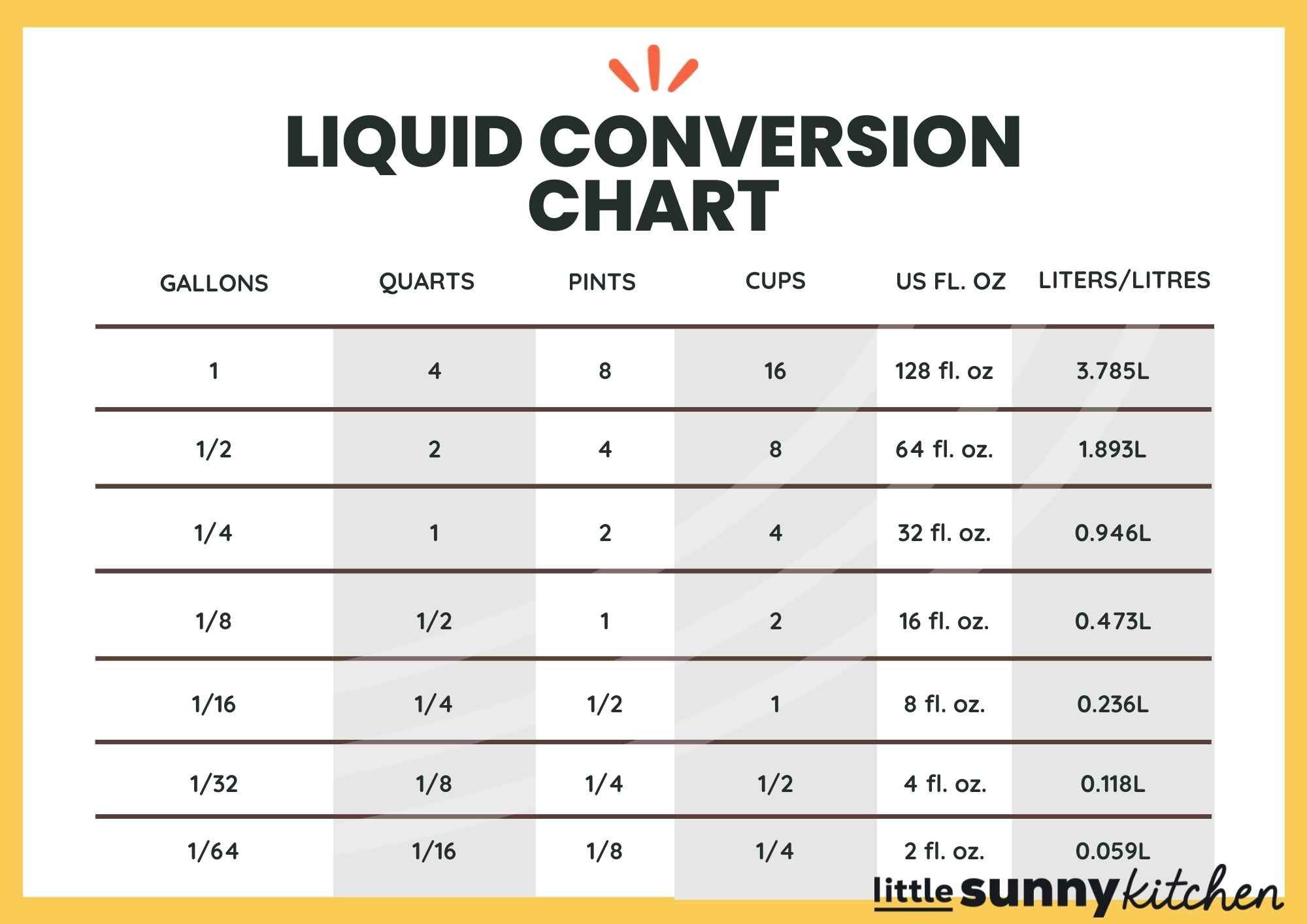
Click here to download this FREE liquid conversion chart!
What is the Difference Between Dry and Liquid Measuring Cups?
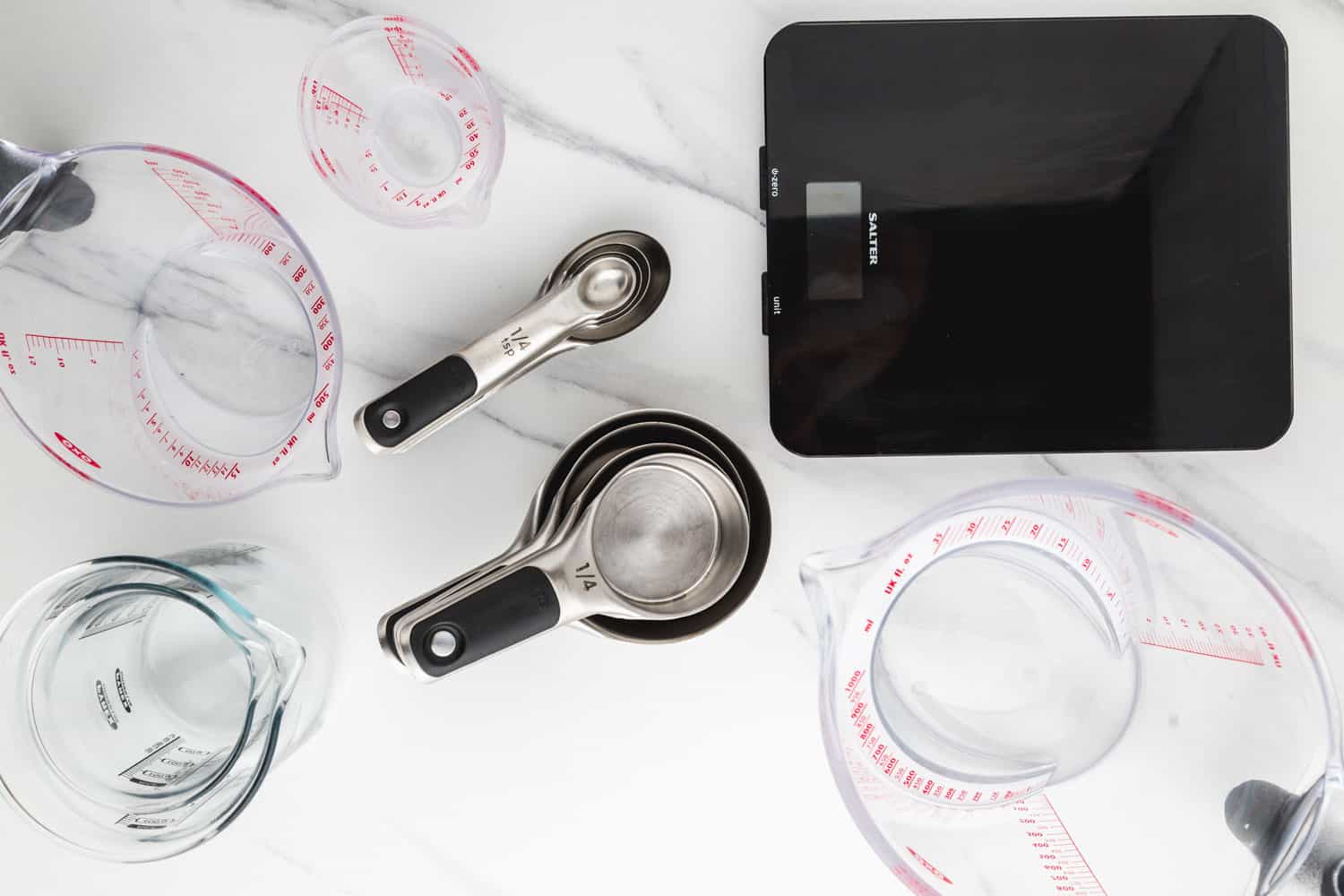
Not sure if your measuring cups are made for measuring dry or wet ingredients? Dry measuring cups are usually metal or plastic with long handles to measure 1 cup or smaller amounts. They are open and wide so that you can level off the top when measuring things like flour and sugar.
Liquid Measuring cups have a spout for pouring. They typically are clear with lines on the side to measure various amounts of liquid.
Measuring spoons can be used for measuring both wet and dry ingredients.
You may also find beaker-style or shot glass-sized measuring cups for measuring small amounts of liquid such as teaspoons, tablespoons, and ounces. These are useful when mixing cocktails or coffee drinks.
How to Measure Wet Ingredients
The way that you measure liquid ingredients is different than the way you measure dry ingredients. Liquids are always measured by volume, whereas dry ingredients can be measured by volume or by weight.
For measuring wet ingredients, you should use a liquid measuring cup with graduated measuring lines. A clear glass measuring cup with red lines indicating cups and ounces is traditional, but they come in other formats.
To properly measure liquid ingredients, take your measuring cup and set it down on a flat surface. Slowly pour in your liquid while bending down to get eye level with the side of the cup. Stop pouring when the liquid reaches the proper line.
An angled measuring cup, like this one from OXO allows you to measure without bending down, which is super handy.
Recipes To Practice Your New Liquid Measurement Skills
Try one of these delicious and simple recipes, and try out your newfound kitchen math expertise!
- How To Make Turkey Stock in the Instant Pot or on the stove.
- Strawberry Lemonade is a delicious and refreshing summer treat.
- This Shrimp Boil calls for 16 cups of water – which is the same as one gallon!
Liquid Measurements often come into play when making coffee! Learn how to use a French Press or how to use an Aeropress with my easy instructions.
FAQs
It’s super helpful to laminate anything that you will be printing out and using in the kitchen. Laminated, this cheat sheet can be cleaned and reused forever! You can get self-adhesive laminating sheets at the office store or on Amazon that make it super easy. You can also pay the folks at the office store or Fed Ex to laminate sheets for you.
I find it useful to have a set of liquid measuring cups for different amounts of liquid. I have a set that contains 1 cup, 2 cup, and 4 cup measuring cups, and they all get used often.
You should measure semi-solid items using a dry measuring cup in most instances. For things that are sticky such as peanut butter or honey, try an adjustable measuring cup, also called a sticky measuring cup.
Technically, dry and wet measuring cups do measure the same amount of volume, but you won’t get an accurate measure if you use the wrong type of cup. This is because each is designed to best hold either liquids or dry ingredients.
Go forth and measure things! Make sure to download the printable or save this post to refer back to when you need it.
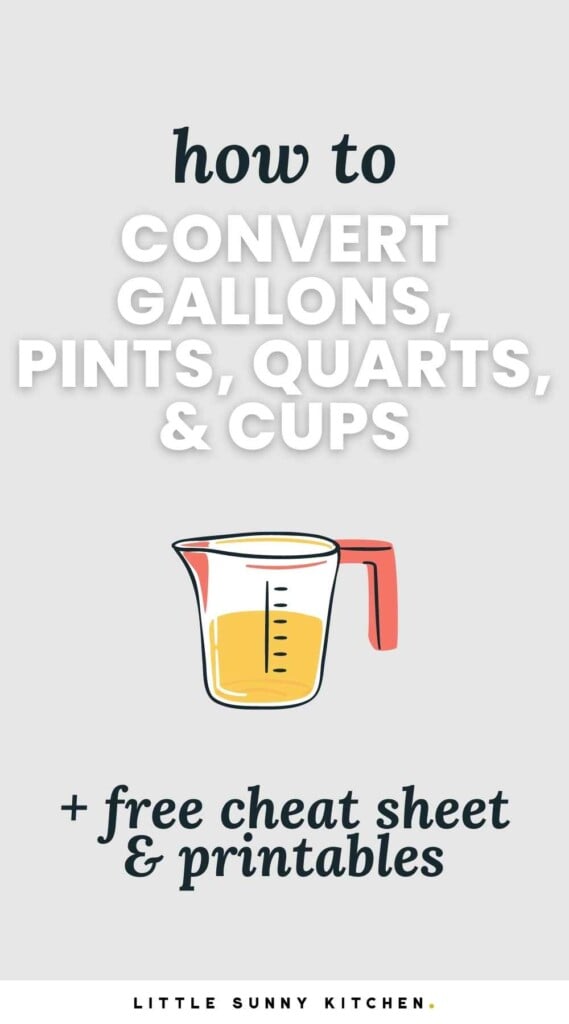
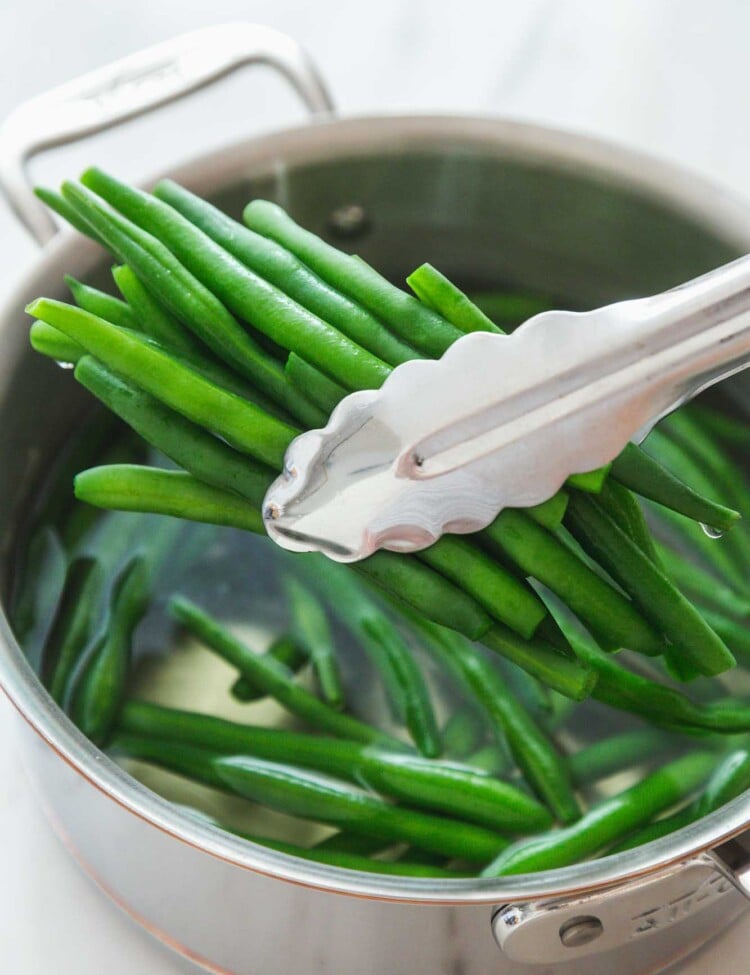
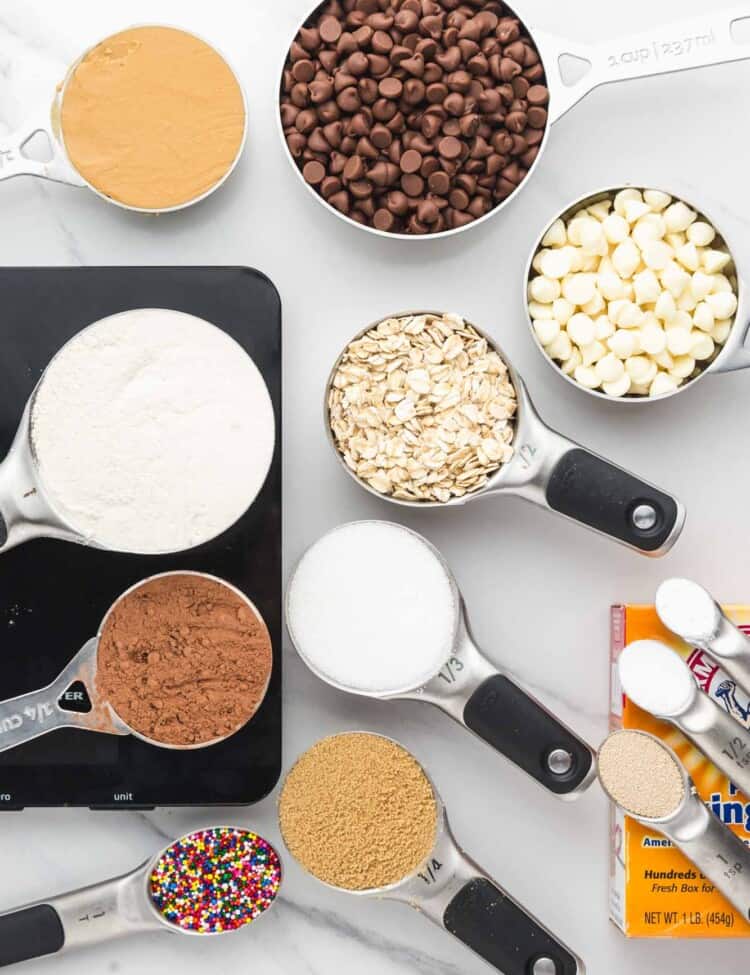
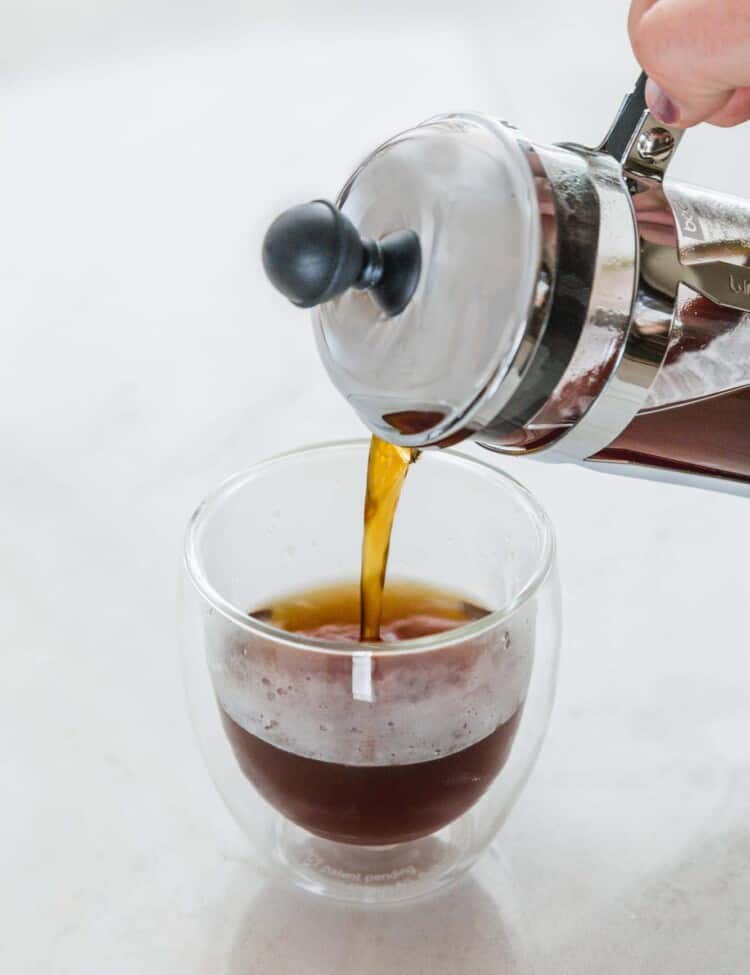
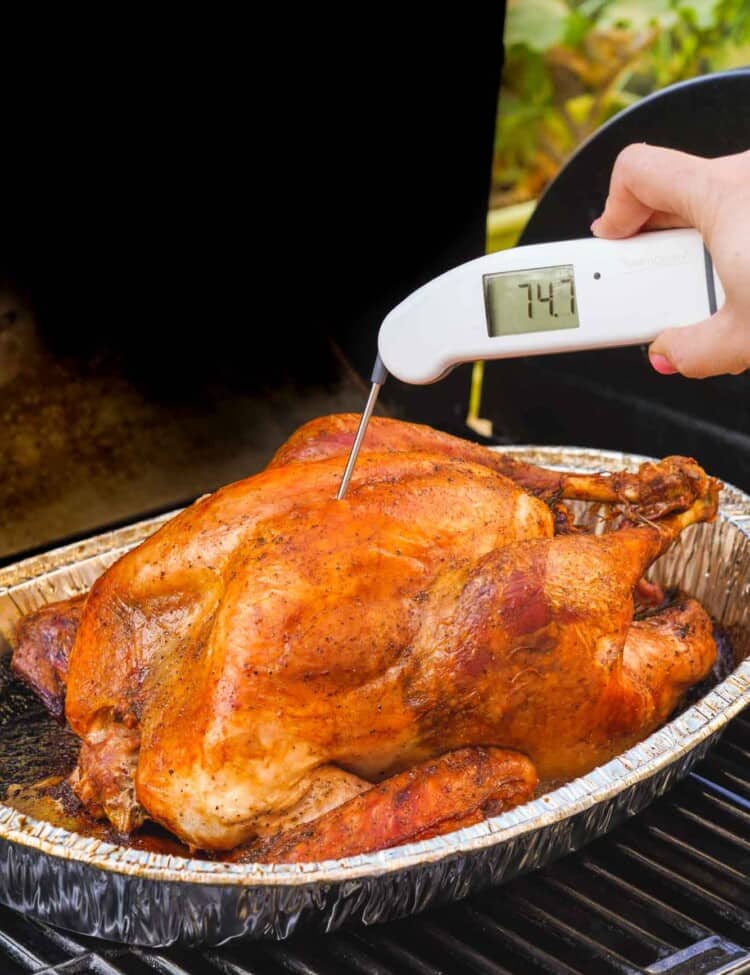
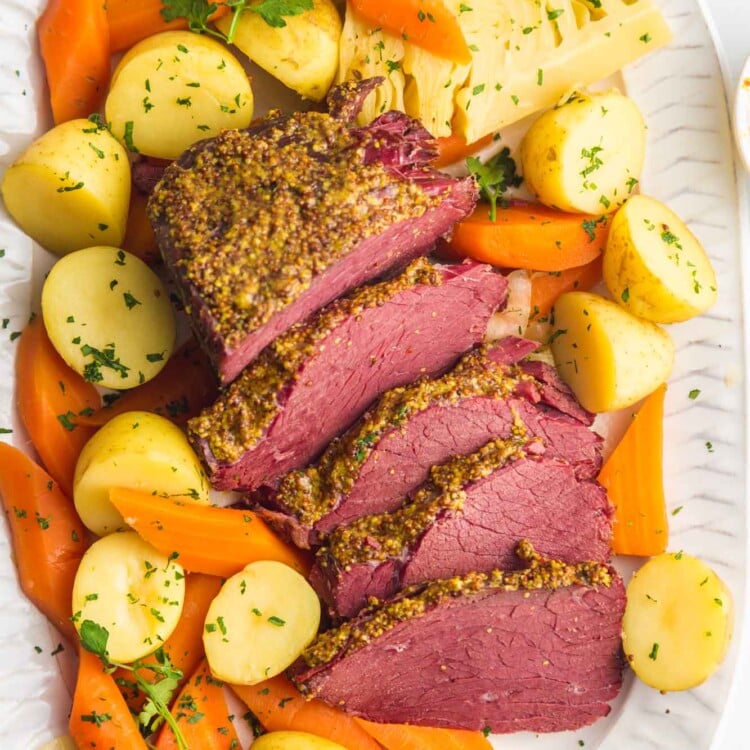
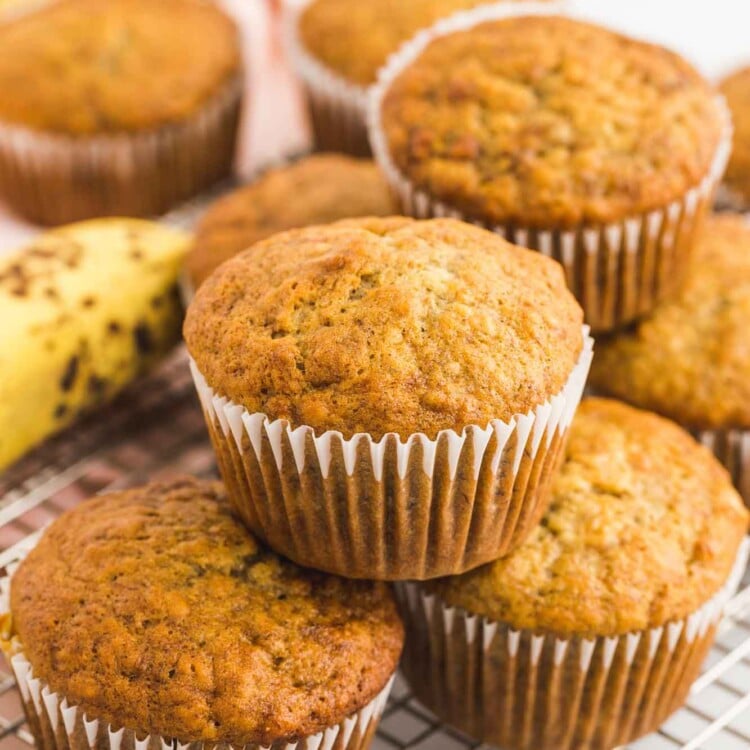
Ammar says
Thank you so much for this! I primarily came here for the conversions but also benefited from the recipe thank you!
Little Sunny Kitchen says
You’re very welcome, Anmar!